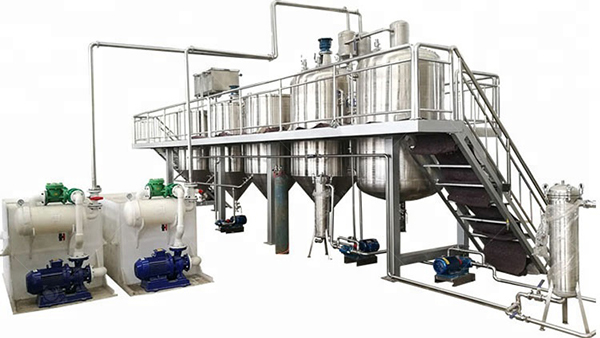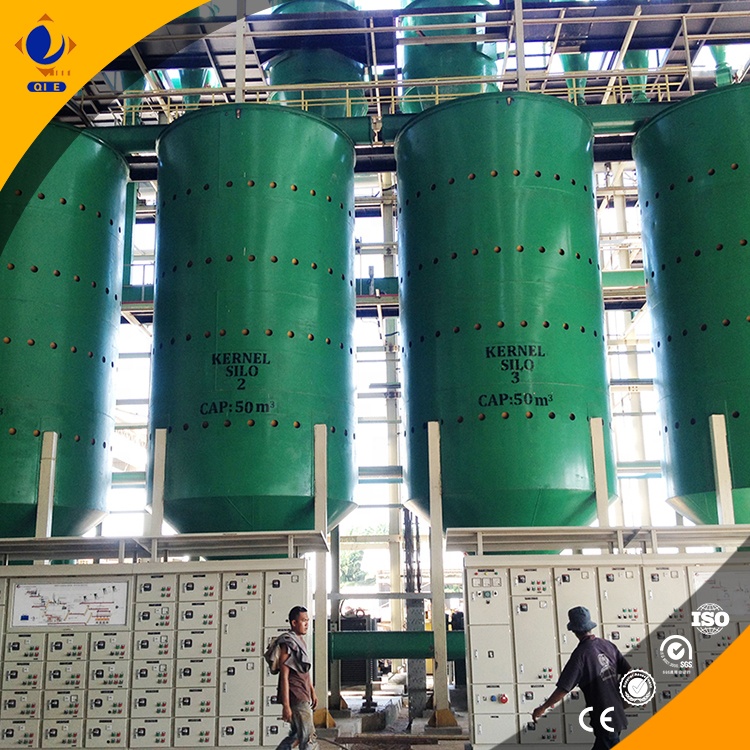
This research delves deep into the key technical factors influencing the quality of soybean oil. The refining steps, including degumming, neutralization, bleaching, and deodorization, play a crucial role in enhancing the purity and taste of the oil. Each step has a specific impact on the oil quality, which will be analyzed in detail below.
Degumming is the first step in the refining process. It removes phosphatides from the crude soybean oil. Phosphatides can cause the oil to become cloudy and affect its stability. By using appropriate degumming agents, the phosphatide content can be reduced to a very low level, usually less than 10 ppm. This significantly improves the clarity and initial quality of the oil.

Neutralization is mainly used to remove free fatty acids in the oil. Free fatty acids can lead to an unpleasant odor and affect the shelf - life of the oil. Through the addition of alkaline substances, the free fatty acid content can be reduced to less than 0.1%. This step not only improves the taste of the oil but also enhances its chemical stability.
Bleaching is to remove pigments, peroxides, and some trace metals in the oil. By using activated clay or other bleaching agents, the color of the oil can be effectively lightened, and the peroxide value can be reduced. This step is crucial for improving the appearance and oxidative stability of the oil.
Deodorization is the final step in the refining process. It removes volatile compounds, such as odorous substances and some low - molecular - weight impurities, from the oil. Through high - temperature and vacuum treatment, the oil can obtain a pure and mild taste, which is very important for consumer acceptance.
The winterization process is of great significance for improving the clarity and storage stability of soybean oil. This process involves slowly cooling the oil to a low temperature, usually around 5 - 10°C, and then filtering out the precipitated waxes and high - melting - point triglycerides. As a result, the oil becomes clearer and more stable during storage, especially in low - temperature environments.

The winterization process can be divided into several steps, including pre - cooling, crystallization, and filtration. Each step has strict temperature and time control requirements to ensure the best results. After winterization, the cloud point of the soybean oil can be reduced to below - 5°C, which greatly improves its market competitiveness.
For small - scale production (less than 10 tons per day), simple and cost - effective equipment is usually preferred. These equipment are relatively easy to operate and maintain, but they may have limited processing capacity and efficiency.
For medium - scale production (10 - 50 tons per day), equipment with better performance and more functions are needed. These equipment can ensure the quality and stability of the product while improving production efficiency.
For large - scale production (more than 50 tons per day), high - end and automated equipment are required. These equipment can handle large - volume production tasks, ensure high - quality output, and are more suitable for long - term and stable production.
| Production Capacity | Equipment Characteristics | Selection Points |
|---|---|---|
| Small (less than 10 tons/day) | Simple structure, low cost | Easy to operate and maintain |
| Medium (10 - 50 tons/day) | Good performance, multi - function | High efficiency and stable quality |
| Large (more than 50 tons/day) | High - end, automated | Large - volume processing, long - term stability |
In a medium - scale soybean oil production plant, by optimizing the refining process and using appropriate winterization equipment, the quality of the soybean oil has been significantly improved. The clarity of the oil has increased by 20%, and the storage stability has been extended by 3 months. At the same time, through the selection of energy - saving equipment, the energy consumption per ton of oil has been reduced by 15%.

These practical cases fully demonstrate the effectiveness of the technical solutions proposed in this research. By combining technical principles with practical applications, production managers can optimize the production process and achieve stable output of high - quality soybean oil.
In the soybean oil production process, energy - saving and environmental protection are also important issues. By using advanced heat - recovery systems, waste - water treatment equipment, and energy - efficient motors, enterprises can significantly reduce energy consumption and environmental pollution. For example, through heat - recovery systems, the heat generated during the refining process can be reused, which can save up to 30% of energy.
Are you looking to optimize your soybean oil production process? Discover how our advanced solutions can help you achieve high - quality soybean oil production. Click here to learn more.

